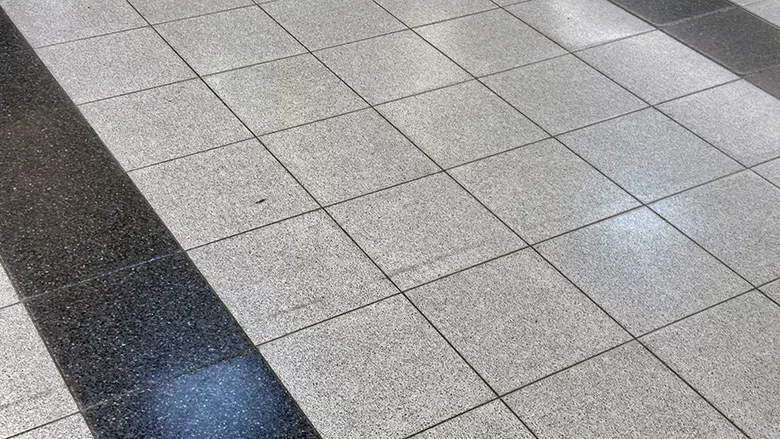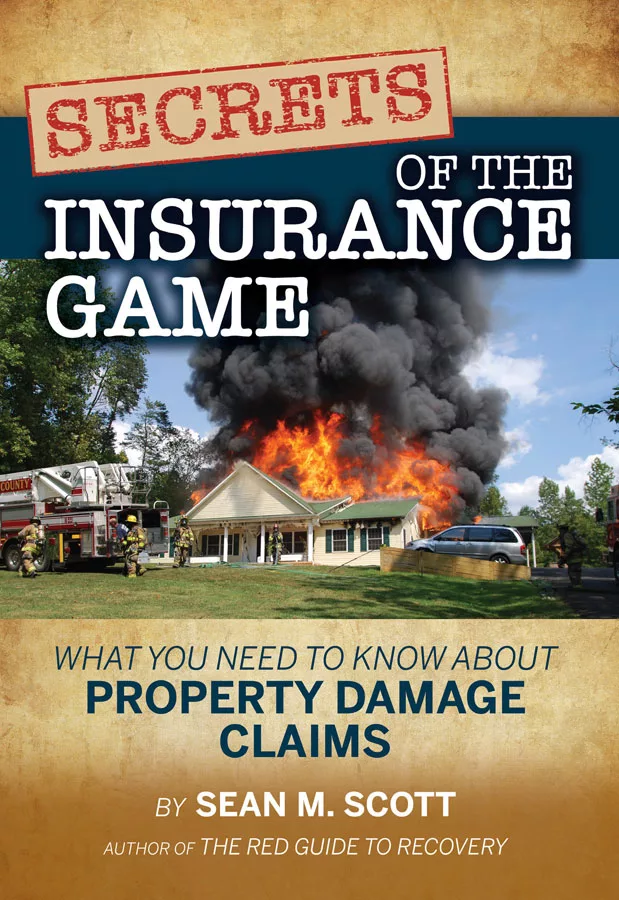A Brief History of Asbestos in Resilient Flooring
Unveiling the Silent Menace: The Asbestos Chronicles in Resilient Flooring

Photo credit: Douglas Rissing / Stock via Getty Images Plus
Reprinted by permission of the Institute of Inspection Cleaning and Restoration Certification (IICRC) © Copyright 2019
Asbestos is a silicate crystal found close to the earth’s surface. Microscopically, asbestos appears as long thin fibers having between 5:1 and 20:1 length-to-diameter ratios. Asbestos started as a component of US manufactured resilient flooring in the 1920's.
The reasons for their use in flooring and other products were as follows:
- Inert: Asbestos fibers are chemically inert. That means they have little or no chemical reaction when blended with other materials.
- Non-Flammable: Asbestos doesn’t burn or catch fire. Asbestos materials withstand extreme heat and pressure without breaking down.
- Non-Corrosive: This quality extended from being chemically inert. Asbestos fibers wouldn’t rust or corrode when placed in wet and moist conditions.
- Low Thermal Transfer Rate: Asbestos insulation was considered the best material to control heat loss and gain. Red-hot metals placed on asbestos pads failed to scorch substrate materials.
- Tensile Strength: Asbestos fibers were enormously strong. They had no inertial stretch or snapping failure. Asbestos materials significantly improved tensile strength in every product.
- Lightweight: Some standard products had their weight cut in half when blended with high ratios of asbestos fiber.
- Flexible: While asbestos fibers were exceedingly strong for their size, they were far from rigid. Asbestos fibers could bend, twist and turn while maintaining their strength and without giving up other properties.
- Durable: Product manufacturers depended on asbestos for durability and longevity. No matter what conditions, asbestos fibers refused to break down.
- Readily Available: Asbestos ore was common. It was widely available in most locations and abundantly present. Most asbestos mines were open-pit operations and this made accessing the ore easy.
- Economical: One of the best benefits for asbestos producers was cost-effectiveness. Because asbestos was common and lightweight, its mining and shipping costs were low.
Starting in the 1920's asbestos was incorporated into the then-new asphalt 9" X 9" floor tiles being introduced and used by the Federal Government which were then adopted by the nascent commercial flooring industry, these tile products found use in schools and public venues nationwide. Plants to manufacture these tiles were started by several companies throughout the country.
Asbestos was also incorporated into the asphalt solvent-based adhesive systems used at that time. Known as "Cutback" adhesive because it could be cut back or thinned with gasoline when the adhesive thickened at lower temperatures.
At least until the mid-1970's it was mandated under the Federal Specification for Asphalt Cut-Back Adhesive MMM-A-110 that these adhesives contain asbestos fibers. By 1979 other mineral fibers or fillers were allowed.
In terms of flooring, the use of asbestos moved from asphalt tile and planks into vinyl composite tile and felt-backed sheet and tile products starting in the 1940's mainly after World War II.
Again at least until the mid-1970's it was mandated under the Federal Specification for Resilient Floor Tile SS-T-312 that asphalt and vinyl composite tile contain asbestos fibers. By 1979 other mineral fibers or fillers were allowed.
In the public commercial flooring market referencing these Federal Specifications were commonplace by Architectural specifications well into the 1990's. Thus, for many flooring companies it was required by the market to continue to use this material.
Phase-out by manufacturers of resilient flooring started in the mid-1970's. These manufacturing trials at the time were chaotic with substitutes as diverse as cellulose fibers, cotton fibers, fly ash, oyster shells, fiberglass, and other additives being attempted with limited success. Into the 1980's the percentage amount of asbestos within flooring products started to drop as manufacturers commenced attempting to eliminate its use altogether.
By the early 1980's most major US manufacturers were no longer producing asbestos-containing flooring, though some continued as late as 1985.
In terms of adhesive some asphalt-based products were manufactured with asbestos fibers as late as 1989.
The history of asbestos regulation is complicated. The effort to control and regulate asbestos in building products begins in 1971, when the Environmental Protection Agency (EPA) issued an emissions standard for asbestos as part of the Clean Air Act.
In 1972, EPA extended this regulation to an occupational standard. Over the next decade, the EPA, working with the Occupational Safety and Health Administration (OSHA), batted the asbestos issue back and forth, sometimes also involving the Consumer Product Safety Commission (CPSC).
Finally, in 1989, the EPA enacted the “Asbestos Ban and Phase-out Rule,” which would have applied to the manufacture, import, processing and distribution of all asbestos products, and affected 94 percent of all asbestos consumption. The ban and phase-out were overturned by the U.S. Fifth Circuit Court of Appeals in 1991, however, under pressure from asbestos industry groups and others who claimed that substitute products would be equally harmful. Pressure also existed from flooring distributors and retailers in possession of remaining inventory of asbestos containing product. Today, only a few items remain banned under the Toxic Substances Control Act (TSCA) and the Clean Air Act, including corrugated paper, flooring felt, commercial paper, specialty paper, and certain spray-on materials. New asbestos applications are additionally banned.
Within the resilient flooring industry bans on the sale of any asbestos-containing product were effective starting in 1994.
In August 1994, OSHA published revised asbestos standards and defined in-place fully adhered asbestos containing resilient flooring as “Intact” to mean that the asbestos-containing material has not crumbled, been pulverized, or otherwise deteriorated so that it is no longer likely to be bound with its matrix. OSHA has recognized that resilient floor covering materials are considered non-friable if intact and do not emit airborne fibers unless subjected to sanding, sawing or other aggressive operations.
Sources:
- Asbestos Facts & History: https://www.penoco.net/asbestos-facts-asbestos-removal
- The History of Asbestos: https://www.mesotheliomahelp.org/asbestos/history
- Recommended Work Practices for removal if Resilient Floor Covering: www.dshs.texas.gov/asbestos/pdf/RFCIRecommended9-04.pdf
Looking for a reprint of this article?
From high-res PDFs to custom plaques, order your copy today!







